Spending has tripled! Why no improvement? Because K-12 education is a virtual government monopoly -- and monopolies don't improve.
In every other sector of the economy, market competition forces providers to improve constantly. It's why most things get better -- often cheaper, too (except when government interferes, as in health care).
Politicians claim that education and health care are different -- too important to leave to market competition. Patients and parents aren't real consumers because they don't have the expertise to know which hospital or school is best. That's why they must be centrally planned by government "experts."
Those experts have been in charge for years. School reformers call them the "Blob." Jeanne Allen of the Center for Education Reform says that attempts to improve the government monopoly have run "smack into federations, alliances, departments, councils, boards, commissions, panels, herds, flocks and convoys that make up the education industrial complex, or the Blob. Taken individually, they were frustrating enough, each with its own bureaucracy, but taken as a whole they were (and are) maddening in their resistance to change. Not really a wall -- they always talk about change -- but more like quicksand, or a tar pit where ideas slowly sink."
The Blob claims teachers are underpaid. But today American teachers average more than $50,000 a year. Teachers' hourly wages exceed what most architects, accountants and nurses make.
Recommended
The Blob constantly demands more money, but tripling spending and vastly increasing the ratio of staff to student have brought no improvement. When the Blob is in control, waste and indifference live on and on.
The Blob claims that public education is "the great equalizer." Rich and poor and different races mix and learn together. It's a beautiful concept. But it is a lie. Rich parents buy homes in neighborhoods with better schools.
As a result, public -- I mean, government -- schools are now more racially segregated than private schools. One survey found that public schools were significantly more likely to be almost entirely white or entirely minority. Another found that at private schools, students of different races were more likely to sit together.
The Blob's most powerful argument is that poor people need government-run schools. How could poor people possibly afford tuition?
Well, consider some truly destitute places. James Tooley spends most of his time in the poorest parts of Africa, India and China. Those countries copied America's "free public education," and Tooley wanted to see how that's worked out. What he learned is that in India and China, where kids outperform American kids on tests, it's not because they attend the government's free schools. Government schools are horrible. So even in the worst slums, parents try to send their kids to private, for-profit schools.
How can the world's poorest people afford tuition? And why would they pay for what their governments offer for free?
Tooley says parents with meager resources still sacrifice to send their kids to private schools because the private owner does something that's virtually impossible in government schools: replace teachers who do not teach. Government teachers in India and Africa have jobs for life, just like American teachers. Many sleep on the job. Some don't even show up for work.
As a result, says Tooley, "the majority of (poor) schoolchildren are in private school." Even small villages have as many as six private schools, "and these schools outperform government schools at a fraction of the teacher cost."
As in America, government officials in those countries scoff at private schools and parents who choose them. A woman who runs government schools in Nigeria calls such parents "ignoramuses." They aren't -- and thanks to competition, their children won't be, either.
Low-income Americans are far richer than the poor people of China, India and Africa. So if competitive private education can work in Beijing, Calcutta and Nairobi, it can work in the United States.
We just need to get around the Blob.



















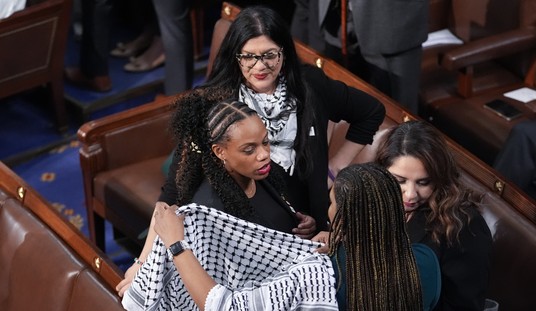
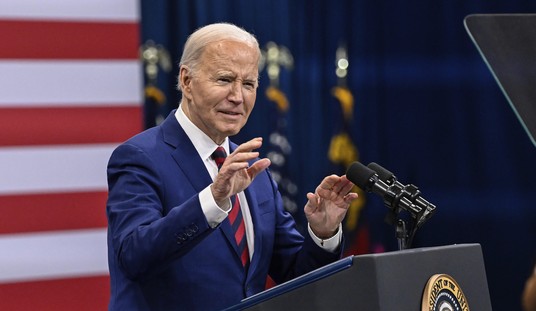
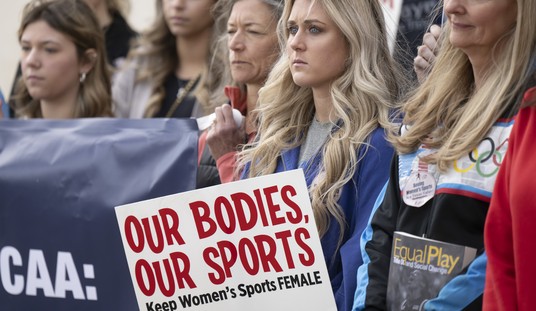
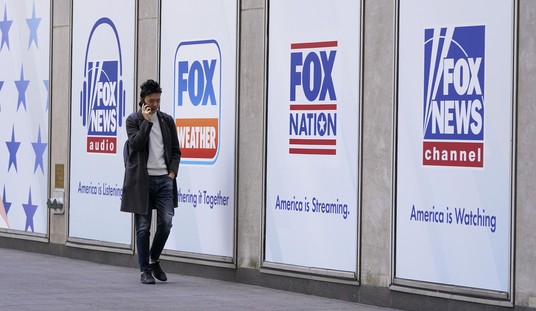
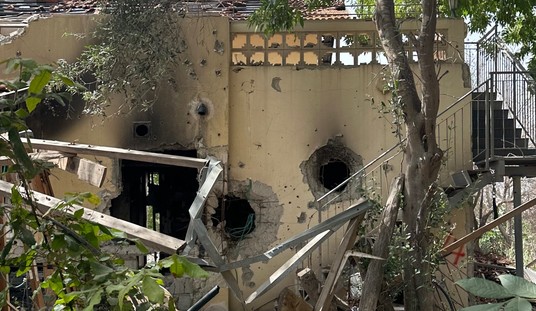
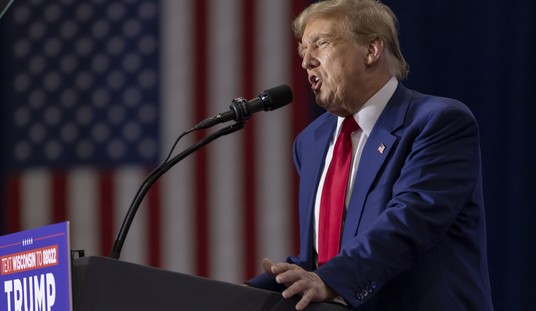
Join the conversation as a VIP Member